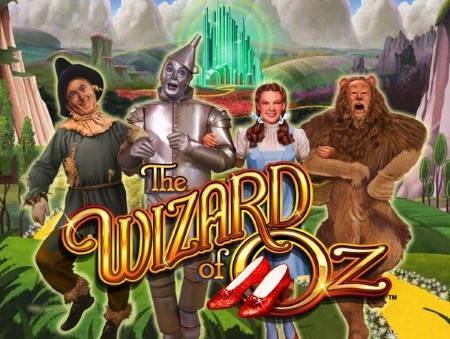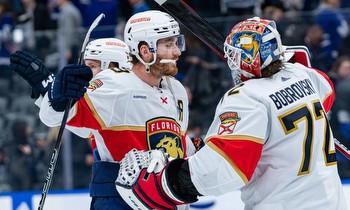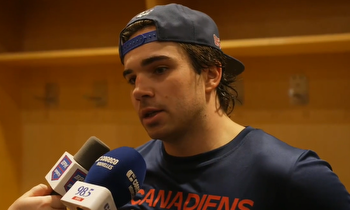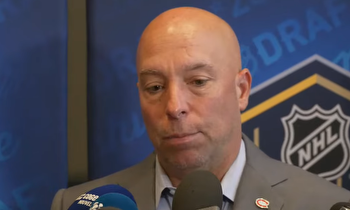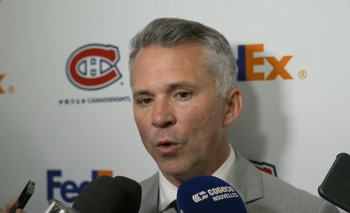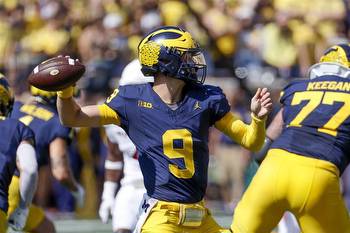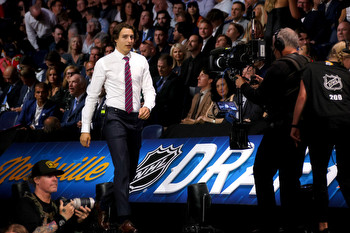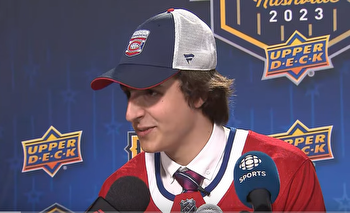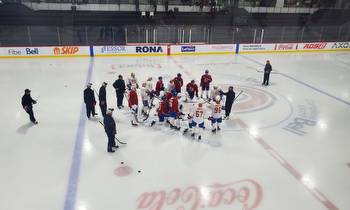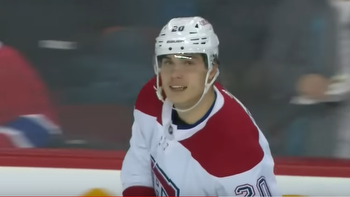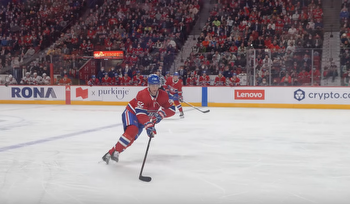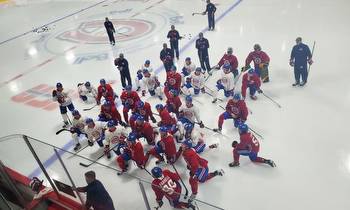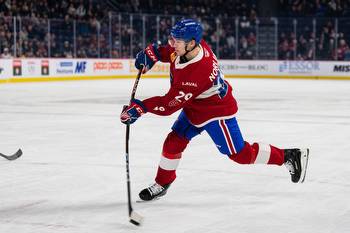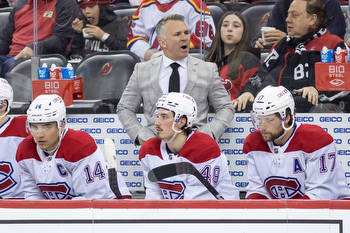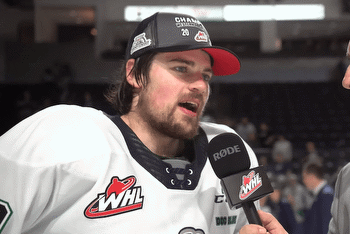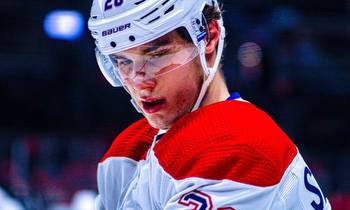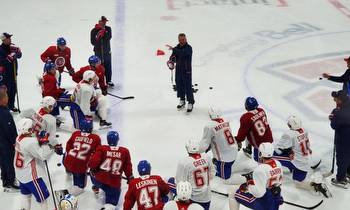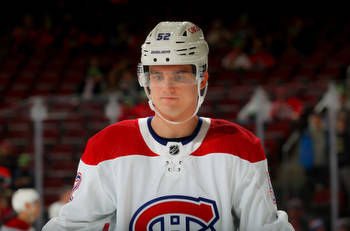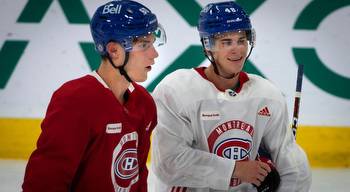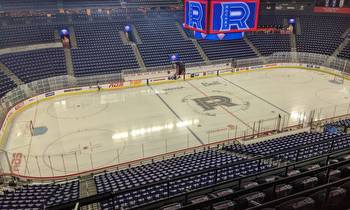Canadiens’ prospect pool might need time to blossom, and that should be provided to them

MONTREAL — An unmistakable theme is running up and down the Montreal Canadiens organization.
No one in upper management ever played in the NHL. The coaching staff is made up of four former players, two of whom were never drafted, and the other two were drafted in the seventh round. The Canadiens just added Paul Byron to a development staff that also includes Francis Bouillon, two undersized players who beat the odds to carve out long, meaningful NHL careers.
The current state of the Canadiens’ talent pipeline is that it is stacked with volume. Some prospects are more promising than others, no doubt, but there are no sure-fire superstars in the bunch. The organization will need to unearth a player or two who exceeds expectations out of that group. In other words, it will need to find a Martin St. Louis or an Alexandre Burrows, and when looking for players like that, it surely helps to have two of them in-house.
But with a prospect pool defined more so by its depth than its ceiling, an interesting philosophical debate is at the heart of how to manage it. On the one hand, there is a belief that an organization with this many legitimate NHL prospects needs to quickly identify which ones will be part of its NHL group so it can maximize the trade value of those who won’t, a theory two pro scouts expressed to me at the rookie tournament in Buffalo, N.Y., recently.
But on the other hand, when you have so much depth in your prospect pool, it affords you the luxury of patience, allowing the development curve to play out for those who might need a little more time. If some prospects lose their trade value in the process, so be it. Because the upside of unearthing those impact players out of nowhere will more than offset the lost trade value.
Two players stood out during the Canadiens’ annual red-white scrimmage at the Bell Centre on Sunday who would be prime spokespeople for the latter philosophy, that allowing prospects time to hit their stride is something an organization should look to do whenever possible. Because after all, St. Louis didn’t hit that stride until he was 25, and Burrows was 27 when he hit his.
The first is Mattias Norlinder, the defenceman who produced viral clips of his offensive prowess while playing in Sweden but whose transition to North America has been a bit underwhelming. He turned 23 in April and has produced 21 points in 73 games in the American Hockey League. He looked excellent Sunday, but it was a scrimmage, one with basically no hitting and no serious engagement from anyone to play hard hockey.
But still, Norlinder believes he took a serious step in his development last season and is eager to build on it in Laval, despite rumours over the offseason that he wants to return to Sweden to produce those viral clips again. He said there was never any consideration on his part not to return to Laval, and patience with this player would probably be the better avenue considering the offensive talent he has in his toolkit.
He is hoping this season to better use those offensive tools, to get up in the rush a bit more often now that he has a better idea of when to do it. That risk/reward assessment is a big challenge for offensive defencemen, and figuring it out is a long process.
Just ask Mike Matheson.
“I think I still am,” he said. “It’s not easy. It’s a game-to-game thing, and moment to moment, shift to shift, it’s not a perfect thing; you’re going to make mistakes. But there’s definitely a balance, because if every time you get the puck you’re just going to fire it off the wall or fire it in deep, the game’s going to end 0-0, and maybe in the end you might get scored on. But you’re definitely not going to generate much.
“So you have to be able to balance to create as much as you can and not be afraid to create. If you play the whole game scared of making a mistake, nothing’s going to happen other than bad things.”
Matheson is 29. If he’s still figuring it out, Norlinder should get the benefit of time.
The other prospect who would benefit from patience but is showing promising signs is forward Jared Davidson, who scored three goals in a scrimmage earlier this week and added another Sunday afternoon, beating Jake Allen with a laser of a shot. Everything Davidson has done in his career has required work. He wasn’t drafted into the WHL but made the Seattle Thunderbirds as a walk-on at age 16. He wasn’t drafted into the NHL his first year of eligibility either, but the Canadiens used a fifth-round pick on him last year and signed him to a two-way AHL/ECHL contract this year.
Davidson said his shot is something he worked on once he hit major junior because he realized it wasn’t good enough to beat goalies at that level, and now it’s a strength. He has an uncanny knack for being in the right place at the right time, and that, too, was a learned strength, watching video and learning systems to make sure his positioning was perfect. And after having his breakout offensive season at age 19, which led to the Canadiens drafting him, Davidson used his overage junior year to work on his two-way game, realizing that is what it would take for him to reach the NHL.
“I find he’s been unreal this week,” Burrows said Sunday. “He’s a shooter, and it doesn’t take long; he’s got a quick release. He sees the ice well, he’s always well positioned defensively, and he works extremely hard. He’s been impressive since day one this year. As an undrafted player, you feel that you’re behind the eight ball, you’re far away from your dream. But I think a week like this one for him, it’s been all positive. He can see he’s not that far off.”
St. Louis often says a player needs to be adept at self-evaluation, of knowing his strengths and weaknesses. Considering Davidson has successfully turned two weaknesses — his shot and positioning — into strengths through hard work and focus, hearing him talk about the next aspect of his game that requires work is relevant. Davidson seems like one of those players who has a strong ability to self-evaluate because nothing has ever been given to him, as was the case for so many in the Canadiens’ coaching staff.
“Being quicker, faster in every aspect,” Davidson said immediately when asked what he needs to work on to make the next jump in his career. “Being a little bit faster skater, smoother skater, being able to read the physical play a little bit quicker and make faster plays and executing passes.”
Norlinder and Davidson are far from being prominent members of the Canadiens’ pipeline. But in many ways, they are representative of the philosophical dilemma Montreal faces as an organization. Jan Mysak was a second-round pick who has lost some of his shine since being drafted in 2020, but seeing him as a future fourth-line centre who kills penalties and plays a shutdown role in the NHL is not difficult. He’ll just need time.
Riley Kidney seems like someone who has a lot to learn about the realities of professional hockey — the physical play, the engagement to battle situations required. But he was a prolific scorer in junior, so giving him the necessary time to make that adjustment could have a big upside. The same can be said of Filip Mešár. Or Sean Farrell. Or Miguel Tourigny. Or several others.
There is definitely a team-building benefit to trading prospects before they lose their value. But there is perhaps a greater team-building benefit to letting things play out and hoping you can find a game-breaking talent when that outcome doesn’t seem likely.
The Canadiens have candidates for that game-breaker emerging from an unlikely path, starting with Joshua Roy. But the reality is that so much of this emergence is in the hands of the players themselves, and listening to Norlinder and Davidson talk Sunday, the commitment they expressed to getting better, it became clearer that the Canadiens would probably be best served by letting their much-improved development process play out.
(Top photo of Mattias Norlinder: Francois Lacasse / NHLI via Getty Images)
